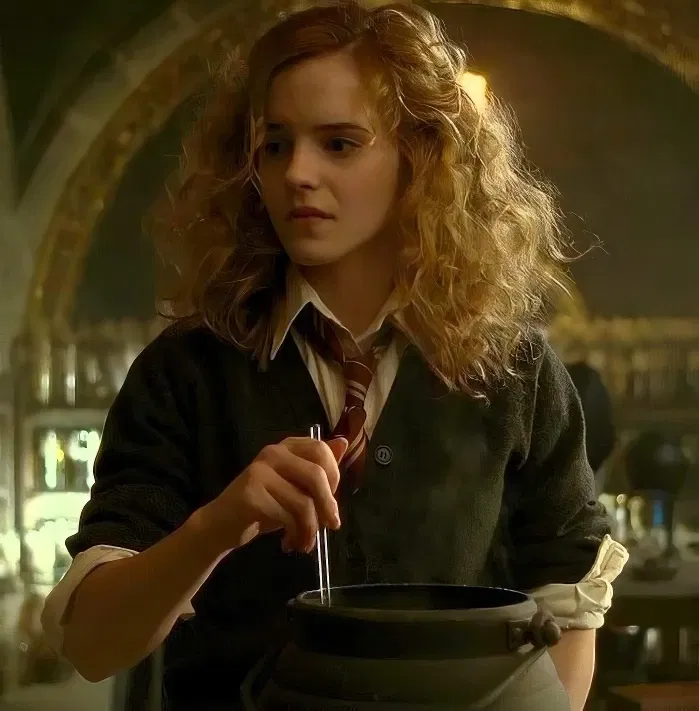Let's delve deeper into some of the most influential male cartoon animal characters.
Bugs Bunny: The Epitome of the Trickster
Bugs Bunny, created by Tex Avery and refined by Chuck Jones, is arguably the most iconic male cartoon animal of all time. Debuting in A Wild Hare (1940), Bugs quickly became Warner Bros.' flagship character. His signature elements – the carrot, the catchphrase "What's up, doc?", his nonchalant demeanor, and his Brooklyn accent – are universally recognized. Bugs' genius lies in his ability to subvert expectations. He's rarely the victim; he's the instigator, the one who turns the tables on his pursuers, be it Elmer Fudd or Yosemite Sam.
His intelligence is his primary weapon. He uses wit, deception, and an uncanny understanding of his opponents' weaknesses to achieve victory. Bugs Bunny is not just a character; he's a cultural phenomenon, embodying a spirit of playful rebellion and cleverness that continues to resonate. His ability to break the fourth wall and directly address the audience further enhances his unique appeal. He represents a form of anarchic freedom, a character who exists outside the rules and consistently triumphs through sheer ingenuity.
Mickey Mouse: The Enduring Icon
Mickey Mouse, created by Walt Disney and Ub Iwerks, is the face of Disney and one of the most recognizable characters globally. While often portrayed as a cheerful, optimistic figure, Mickey has also shown a capacity for bravery and resourcefulness, particularly in his early cartoons and in films like Fantasia. His evolution from a mischievous character in Steamboat Willie to the more refined ambassador of goodwill is a testament to his adaptability.
Mickey's design – his large ears, white gloves, and red shorts – is instantly iconic. His squeaky voice, originally provided by Walt Disney himself, adds to his charm. While perhaps not as overtly complex as some modern characters, Mickey's enduring appeal lies in his timeless simplicity and his embodiment of positivity and adventure. He represents the foundational spirit of animation, a character built on optimism and a can-do attitude.
Donald Duck: The Relatable Grump
Donald Duck, another Disney creation, offers a different kind of relatability. His signature temper tantrums and perpetual bad luck make him a comedic powerhouse. Unlike Mickey's unflappable optimism, Donald's struggles are very human. His inability to articulate his frustrations due to his unique voice adds another layer of humor and pathos.
Donald's adventures often involve him trying to achieve a simple goal, only to be thwarted by a series of unfortunate events or his own short temper. This makes him incredibly endearing to audiences who have experienced similar frustrations. His sailor suit and sailor hat are as iconic as Mickey's ears. Donald’s character arc often involves learning (or failing to learn) lessons about patience and controlling his temper, providing a consistent source of comedic and sometimes heartfelt moments.
Simba: The Hero's Journey Embodied
Simba, from Disney's The Lion King, represents the classic hero's journey. His arc from a naive prince to a reluctant exile and finally to a rightful king is a masterclass in character development. Simba's internal struggles with guilt over his father's death and his fear of responsibility are deeply affecting.
His animalistic nature – the roar, the pounce, the pride – is seamlessly integrated with his human-like emotions and motivations. The animation beautifully captures his physical growth and his emotional transformation. Simba's journey is a powerful exploration of identity, destiny, and the courage it takes to face one's past. His eventual acceptance of his role as king, symbolized by his powerful roar echoing across the Pride Lands, is a triumphant moment in animation history.
Nick Wilde: The Modern Anti-Hero
Nick Wilde from Zootopia represents a more contemporary take on the male cartoon animal. As a fox, he embodies the stereotype of being sly and untrustworthy, but the film cleverly subverts this. Nick is cynical, street-smart, and initially motivated by self-interest. However, his interactions with Judy Hopps reveal a deeper capacity for loyalty and a desire for genuine connection.
Nick's character arc is about overcoming prejudice – both the prejudice he faces as a fox and the prejudice he holds against others. His wit, charm, and surprisingly vulnerable moments make him a compelling and complex character. The film uses his animal nature to explore themes of social commentary, making Nick a relevant and thought-provoking figure for modern audiences. His ability to adapt and use his environment to his advantage, a key trait of foxes, is central to his character.

